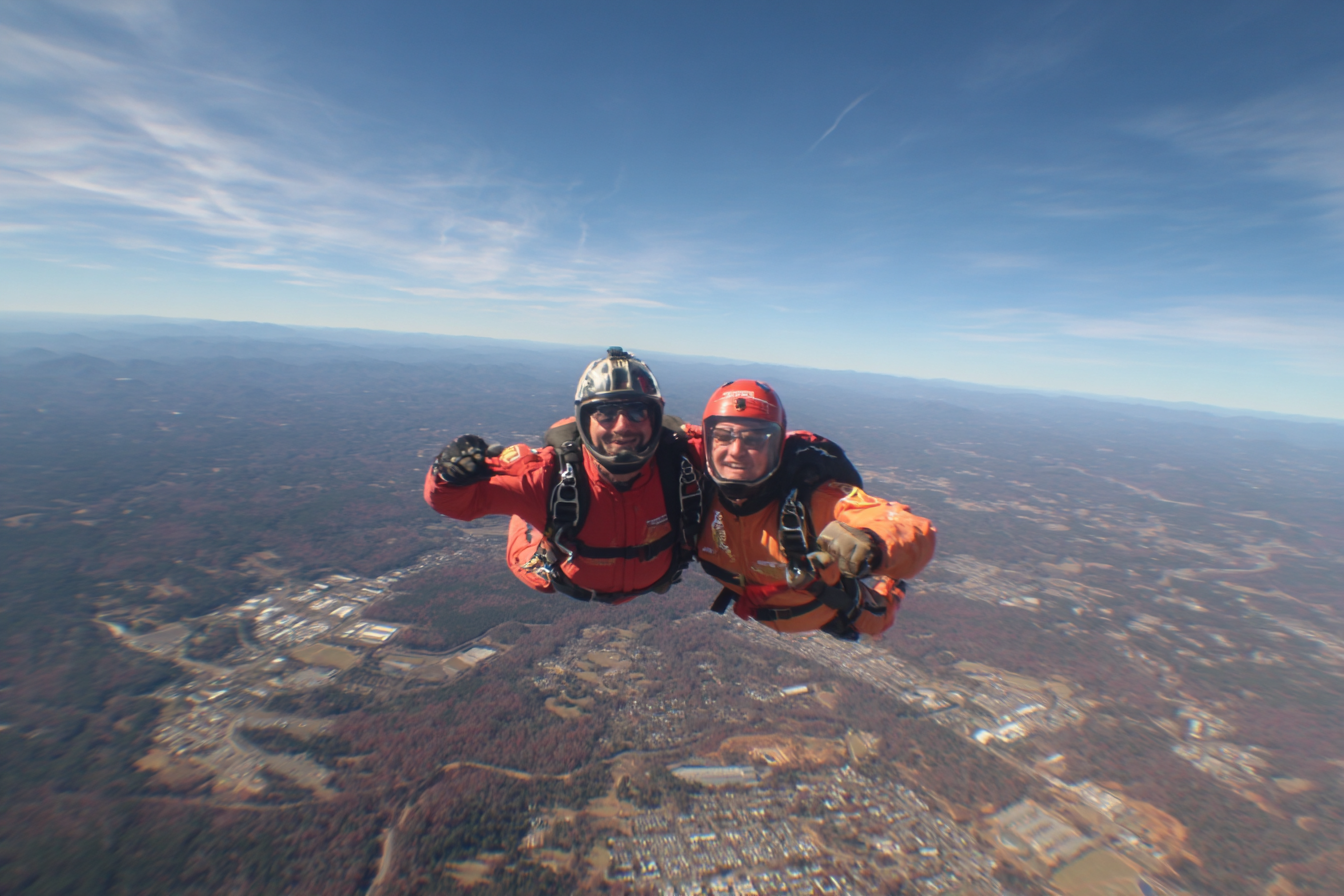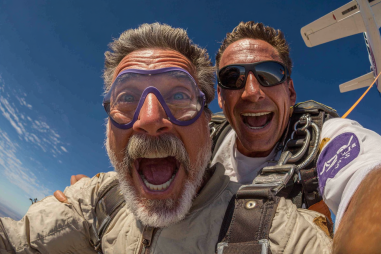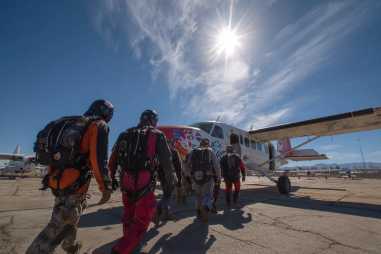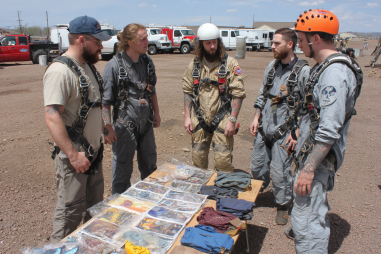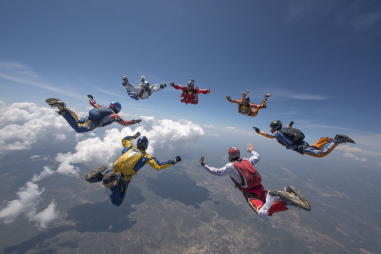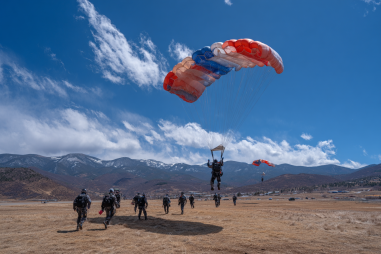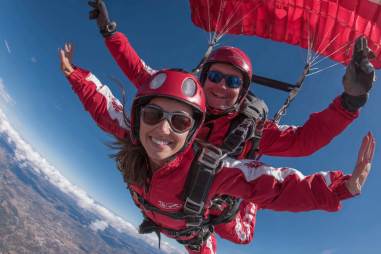For professional skydivers, jumping out of an aircraft isn’t just a thrilling experience—it’s a highly technical sport that demands precision, skill, and, crucially, the right gear. Unlike casual skydiving gear designed for beginners, professional-level equipment is meticulously crafted to boost aerodynamic efficiency, ensure maximum safety, and provide unmatched comfort. This specialized gear allows athletes to push their limits and elevate their performance in competitive arenas or high-adrenaline freefall disciplines. Let’s explore the professional skydiving gear essentials and innovations that seasoned jumpers depend on to soar to new heights.
Defining Professional-Level Skydiving Gear
Professional skydiving gear differs significantly from basic setups used by beginners or recreational jumpers. While every skydiver’s priority is safety, professionals require gear that goes beyond standard protection. Their equipment focuses heavily on aerodynamic optimization, lightweight durability, and customization to support advanced maneuvers, speed, and stability in freefall.
Professional gear also integrates cutting-edge technology like digital altimeters and communication devices, enabling real-time situational awareness and better coordination during complex jumps. The gear is often tailored to the specific discipline—such as formation skydiving, canopy piloting, or freestyle—and is meticulously adjusted and maintained to meet strict licensing and competition standards.
Aerodynamic Jumpsuits and Rig Customization
One of the most visible differences in pro skydiving gear is the jumpsuit. These suits are designed with aerodynamics in mind, offering an optimal balance between drag and control. High-quality materials like microfiber blends and reinforced stitching make these suits both lightweight and durable, allowing for precise body positioning during freefall.
Professional jumpsuits often feature:
- Custom fits that contour perfectly to the skydiver’s body shape, reducing air resistance.
- Panel designs that can be adjusted to alter surface area for different flying styles.
- Strategic placement of grips for team formation skydiving.
- Reinforced zones to protect against abrasion, particularly on legs and elbows.
In addition to jumpsuits, rig customization is essential. The rig is the harness-container system that holds the main and reserve parachutes. Professionals often customize their rigs for weight distribution, comfort, and rapid deployment efficiency. Modifications can include tailored harness adjustments, specialized chest strap systems, and innovative handle placements to optimize emergency responses.
Advanced Parachute Designs and Materials
At the heart of professional skydiving gear lies the parachute, and today’s designs incorporate advanced materials and engineering to enhance performance and safety. Many professionals opt for canopies made from ultra-lightweight, high-tenacity nylon that offers excellent strength-to-weight ratios.
Key advancements in parachute technology for pros include:
- Ram-air (square) canopies: These are the most common in professional skydiving, providing exceptional maneuverability and glide performance compared to traditional round parachutes.
- Crossbraced construction: This design strengthens the canopy and improves flight stability, allowing for higher speeds and precision landings.
- High-porosity materials: Used strategically to fine-tune airflow and canopy responsiveness.
- Custom canopy sizing and shape: Tailored to the skydiver’s weight, jump style, and intended maneuvers.
These innovations maximize control during high-performance maneuvers, ensuring smooth descents and pinpoint landings, vital in competitive or technical jumps.
Integrated Altimeter and Communication Systems
Knowing altitude and staying connected with other jumpers or ground crews is critical for professional skydivers. Modern altimeters are compact, digital devices that offer greater precision than their analog predecessors, often featuring audible alarms and heads-up display configurations for ease of use during freefall.
Integrated communication systems have revolutionized how professional jumpers coordinate complex formations or relay information swiftly. Wireless helmet intercoms and radio systems enable constant communication with teammates and instructors – a feature particularly valuable in disciplines such as canopy formation or high-speed swooping events.
Some leading professional gear setups include altimeters embedded into helmets or wrist units paired with Bluetooth-enabled communication devices. This integration eliminates bulky equipment and streamlines the skydiver’s interface with their technology.
Helmet Innovations for Professionals
Helmets for professional skydivers have evolved to be more than just head protection. Advanced helmets combine lightweight carbon fiber or composite materials with superior ventilation and aerodynamic shaping to reduce drag during freefall.
Features often found in professional helmets include:
- Built-in mounts for cameras or communication devices.
- Visors with anti-fog and anti-scratch coatings for clear vision in diverse conditions.
- Ergonomic designs tailored to fit snugly and securely without sacrificing comfort.
- Noise reduction elements to help jumpers concentrate and communicate during high-speed descents.
These improvements help professional skydivers maintain situational awareness and visual clarity while enhancing overall safety and comfort.
Maintenance Demands for Pro Equipment
Professional skydiving gear endures rigorous use, and proper maintenance is paramount to ensure continued reliability and safety. Equipment owners typically follow strict maintenance schedules, including routine inspections by certified riggers who specialize in parachute packing and restoration.
Parts like risers, lines, and fabric must be examined carefully for wear and damage. Because of the precision required in professional skydiving, even minute defects can compromise performance or safety. Professionals often maintain detailed logs of inspections, repairs, and upgrades to track their gear’s condition.
Furthermore, ultra-lightweight materials and complex electronics integrated into professional setups demand environment-specific care, such as protection from UV exposure, moisture, and impact hazards during transport and storage.
Licensing Requirements Linked to Gear Standards
In many countries, professional skydiving licenses impose strict standards on the types of gear permitted, including specific certifications for parachutes and safety devices. For instance, many licensing bodies require jumpers to demonstrate proficiency with equipment meeting minimum technical specifications for reserve canopies, automatic activation devices (AADs), and harness integrity.
This ensures that professional skydivers operate with top-tier equipment tested for reliability and compliance with safety regulations. Moreover, competitive disciplines may have additional gear standards enforced by governing organizations such as the International Skydiving Commission (ISC) or national skydiving associations.
Competitive Skydiving Gear Trends
In the fast-evolving world of competitive skydiving, gear trends reflect the ongoing pursuit of speed, precision, and innovation. Current trends among professionals include:
- Aerodynamically optimized suits: Suits designed with nano-coatings or specially engineered fabrics to minimize drag and enhance control.
- 3D-printed custom components: From grip enhancements to canopy sliders, 3D printing allows for tailored, lightweight gear adaptations.
- Integrative smart technology: Sensors embedded in suits or rigs that monitor jump metrics such as velocity, body position, and descent rate for post-jump analysis.
- Hybrid canopy materials: Combining durability with flexibility to allow for aggressive flying styles and competitive canopy piloting techniques.
These innovations constantly push the boundaries of what professional skydiving gear can achieve, helping athletes gain an edge in both accuracy and style.
Elevate Your Performance by Investing Wisely
For professional skydivers, gear is much more than equipment—it is an extension of their skill set and an essential partner in every jump. Investing in high-quality, customized, and well-maintained gear can dramatically elevate performance, improve safety margins, and provide the confidence needed to execute complex maneuvers.
Choosing the right aerodynamic jumpsuit, a top-tier rig, advanced parachutes, and integrated technology all contribute to a more precise, controlled, and exhilarating skydiving experience. Whether pursuing competitive success or mastering new disciplines, aligning your equipment with your professional ambitions is the key to soaring higher—both literally and figuratively.
So, take the time to research, consult with experts, and continuously maintain your gear to ensure it serves you as faithfully as your own skydiving skills. The sky is truly the limit when your equipment matches your dedication and passion.

